
Table of contents
Is honey vegan?
Honey comes from bees. We all know that. But how exactly is honey made and isn't it actually safe to eat honey because the bees produce it one way or another? Today we want to get to the bottom of the question of whether honey is vegan or not.
A small disclaimer in advance: I am neither a beekeeper nor a bee expert nor am I involved in the production of honey. I have researched everything I reproduce here myself. During my research, I quickly noticed that the honey topic is complex. It is extremely difficult to present all the relevant information here in a single blog post. To be honest, it is even difficult to distinguish correct information from incorrect information. There are many disputes online and offline between “honey supporters” and “honey opponents”. Both sides accuse the other of arguing one-sidedly and incorrectly. So please keep that in mind as you read this post. Nevertheless, I will of course do my best not to include any false information here. Well, in the end it's always best to make up your own mind... :-)
How is honey made?
Let's start at the beginning, namely with what mission bees actually have in our ecosystem.
You could call bees the “love messengers” of plants because they help them reproduce. Plant flowers need to be pollinated to produce seeds or fruit. And it is precisely this pollination that the bees are responsible for by “taking” pollen from the flower with them during their collecting flight and releasing it back to the plant the next time they visit the same plant species - the continued existence of the plant is ensured. This is important to know because it makes you realize how important bees are to our ecosystem. If bees didn't exist, ⅓ of all plant species would be non-existent. Without bees there would be no fruit - including our beloved apples, almonds, berries, tomatoes and pears.
That's all well and good, but what about the honey?
Pollen isn't the only thing that bees carry on their flights from one place to another. The scent and colors of the flowering plants attract bees. These suck up the nectar of the flower through their trunk. The nectar forms the basis for later honey and is stored in the bee's honey bladder. The bee flies back to its hive. Here another bee receives the cargo - wait, doesn't that mean that bees are just the means of transport and there are actually no animal ingredients in the honey itself? Because if that were the case, honey would actually be vegan (= production and end product without animal ingredients), or not?
You might think so, but that's not the case. The honey production process is not yet complete at this point. The nectar is repeatedly sucked up and regurgitated by the bees. The whole thing happens up to 50 times! During this process, the nectar in the bee's stomach is repeatedly enriched with the body's own enzymes; At the same time, the water is removed from the nectar. This creates the sticky, thick consistency that we know from honey. Finally, the substance is discharged into a honeycomb where it is “sealed” with beeswax for longer shelf life and then remains there. All of this means that honey is ultimately an animal product - and therefore not vegan according to the previous definition.
Now, of course, there are also vegans who are vegan for ethical reasons such as factory farming or animal welfare. And with regard to these aspects, it must also be clarified whether honey is vegan. More on that in a moment. But first I would like to talk about what the bees themselves actually produce honey for. Because what looks like a fairly simple manufacturing process to us is hard work for the bees.

Photo by Cool Calm Design Lab on Unsplash
What do bees need nectar for?
A bee produces over her entire life just under a teaspoon of honey – bees have to bee for one kilo of honey nine and a half times fly around the globe 🤯. Of course, the bees don't do all this work for fun, but because they depend on the honey. Honey contains all the essential nutrients for bees and is their main food. It is needed to feed young bees and serves as an important energy reserve, especially in the cold winter months.
How safe is mass production of honey?
Let's now take a look at the point at which humans intervene in this whole process. Because honey is produced for the masses and there is a very high demand, this can also be referred to as factory farming. As with the production of meat, milk or other animal products, it is not animal welfare that comes first, but rather profit. We all know that animals in factory farming are not doing well. But is this also the case with bees?
The bees are where their queen bee is. To prevent the natural swarming of a bee colony, the queen bee's wings are trimmed. This binds them to the place chosen by humans. The bees are kept in boxes called “magazines”. The design of these magazines makes it easier for people to access the honey. They were also developed to injure as few bees as possible; However, the top priority is still access to honey and the flexible transport options for the bees. The bees can be easily transported from place to place in the magazines so that they can then work there as profitably as possible.
In addition, queen bees are often artificially inseminated (which we also know from milk production, for example), and in winter the bees on large bee farms are killed in a variety of ways because feeding them over the winter would be too expensive. If they are kept over the winter, they are given sugar water as a substitute for honey (because most of the honey they have accumulated for overwintering is taken away by humans). The substitutes lack the enzymes important for the bees' immune system, which makes the bee colony more susceptible to disease.
Is honey vegan or not?
At this point it should be said that of course not all beekeepers use these measures. But this is unfortunately often the case, especially in large production facilities. Smaller, local beekeeping operations often ensure that the bees themselves have enough honey to overwinter and pay attention to other stress-reducing conditions.
Whether honey is vegan or not ultimately depends on how we define veganism. If vegan means that the product contains no animal ingredients, honey is clearly not vegan. But if vegan means that the welfare of the animals is taken into account, the answer depends on the conditions of the beekeeping operations. But here too, the answer in the vast majority of cases is: No, honey is not vegan - after all, it is still taken from the animals at the end of the day.
Most vegans refuse to consume honey. However, there are also some who see no problem with consuming honey as long as they get honey from a local beekeeper where they know what is going on. The decision whether to eat honey or not is of course ultimately up to each person.
I think that we should remind ourselves much more often how important the living things on our planet actually are to us. I think this needs to be valued much more. Far too often we only focus on how we can benefit even more from the living beings that surround us. This reason alone is enough for me to stop eating honey. I prefer to support beekeepers who really care about the preservation of (honey and wild) bees and who also give the honey bees their own honey. :)
Are there honey alternatives?
Finally, the question naturally arises as to what alternatives there are to honey. The “golden nectar” is often used to sweeten dishes, drinks or baked goods. And no question, honey is delicious. Nevertheless, some people would like to avoid consuming honey.
The good news is that it's super easy to substitute honey. And that these alternatives can taste just as good! Examples of alternatives include agave syrup, sugar beet syrup and date syrup. We will introduce you to these and more alternatives in more detail here.
If you would like to learn more about healthy eating, mindfulness, sustainability or family and pregnancy, Check out more exciting blog articles on these topics here.
Sources:
https://www.motherearthnews.com/homesteading-and-livestock/feeding-refined-sugar-to-honey-bees
https://bienen-dialoge.de/honig-und-zuckerfuetterung/
https://www.peta.de/themen/honig/#.WT5W-hPygzV
https://www.peta.de/themen/honig-von-bienen-aus-der-massenzucht/#.WT5e7xPygzU
https://www.realclearscience.com/quick_and_clear_science/2017/04/08/do_honeybees_feel_pain.html
https://www.bee-careful.com/de/fruchtvielfalt/die-bestaeubung-durch-die-biene/
https://www.bee-careful.com/de/fruchtvielfalt/wert-der-biene/
https://bienen.info/wieviel-honig-produziert-eine-biene/#Wozu_brauchen_Bienen_Honig_ueberhaupt




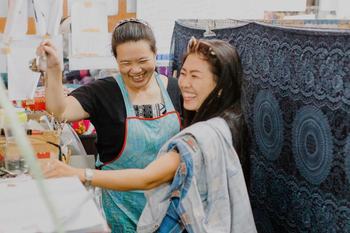
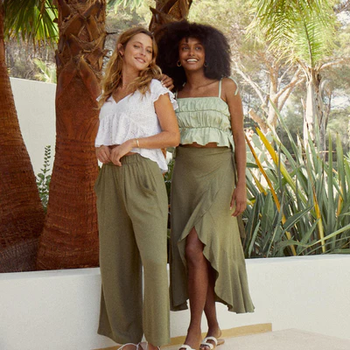








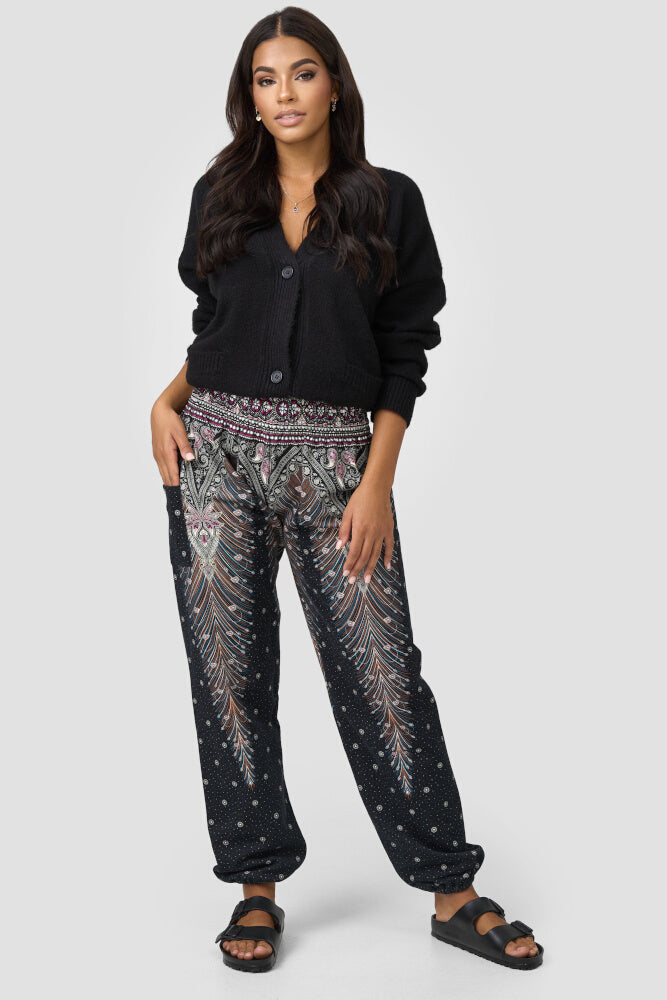

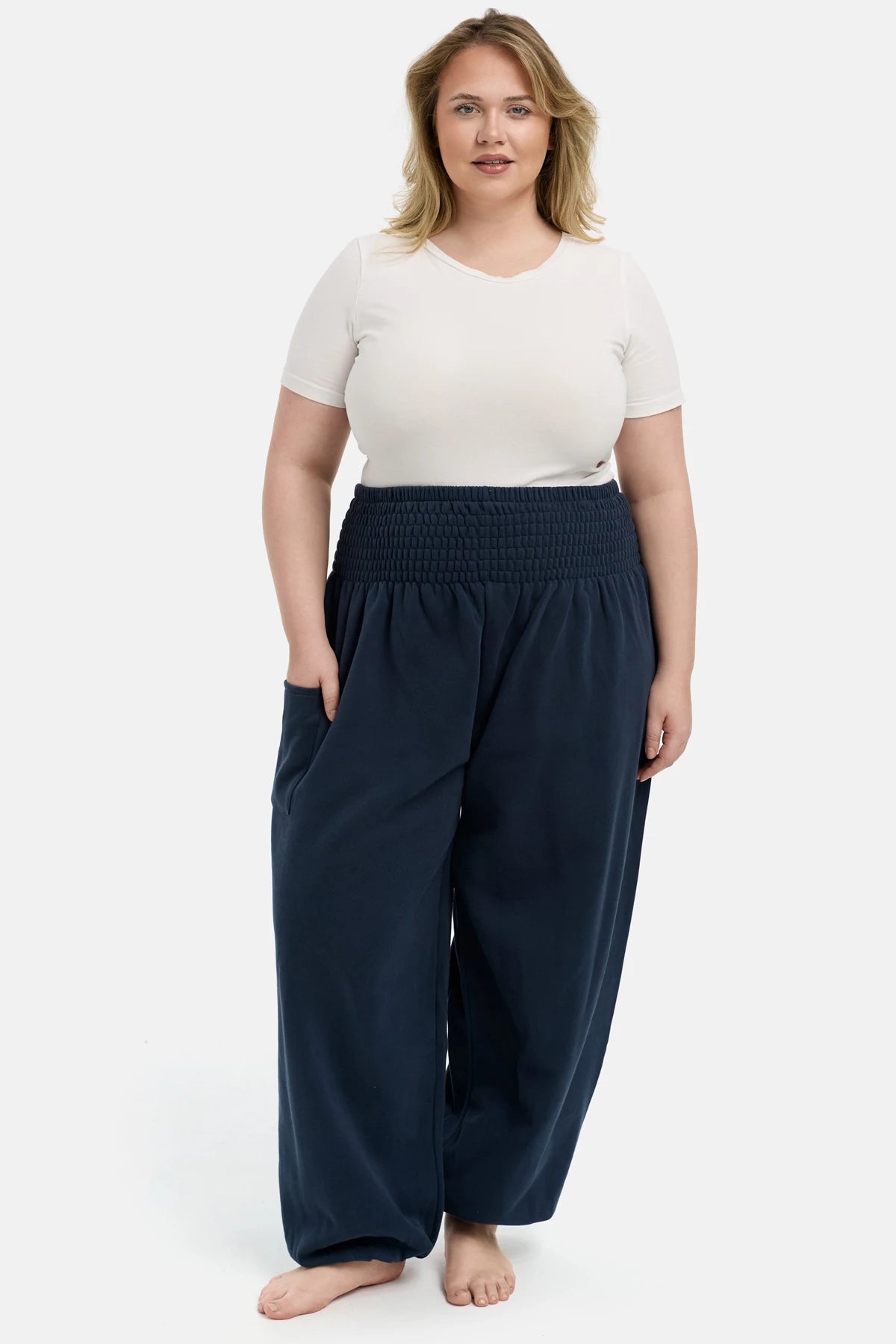

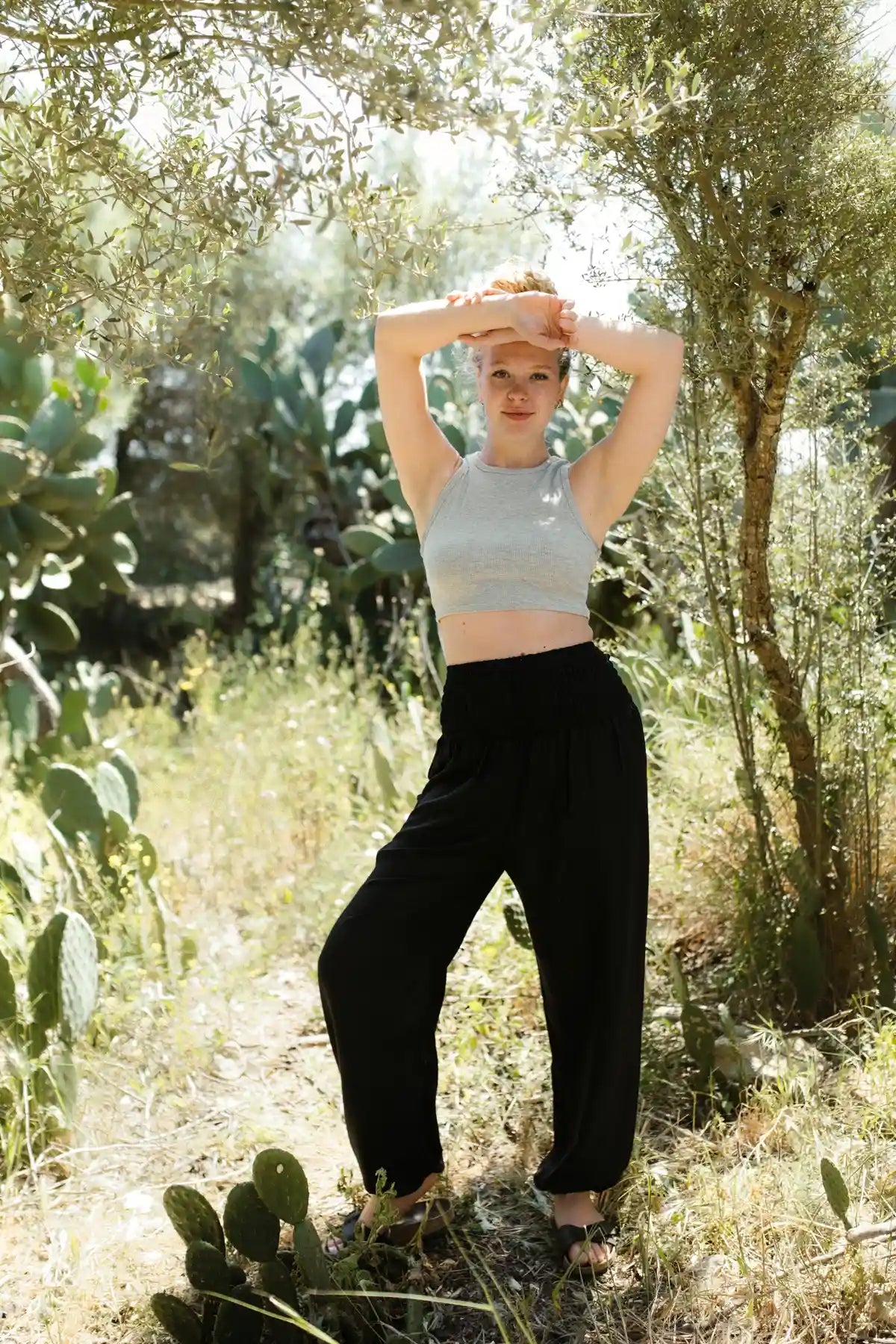
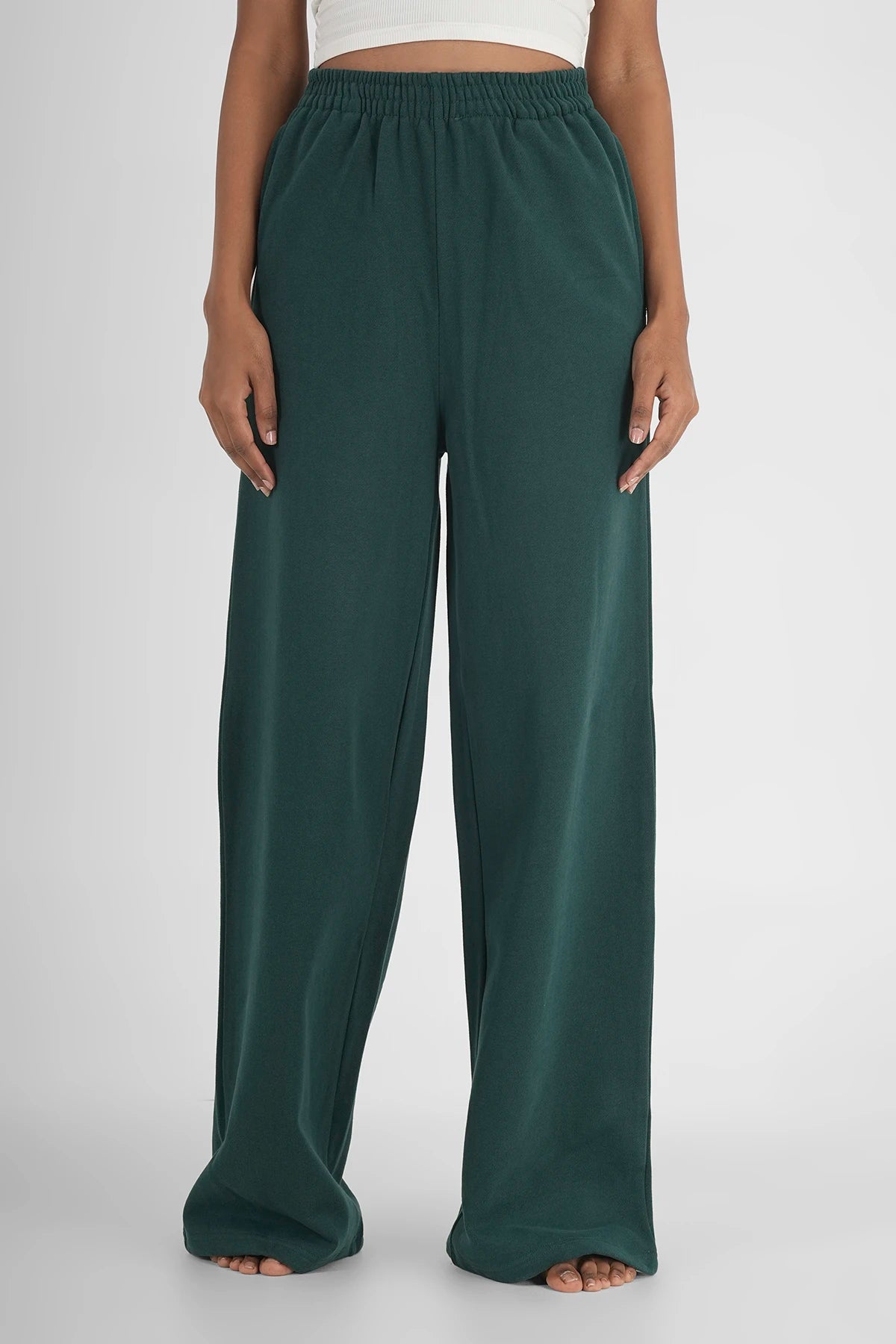









Leave a comment
This site is protected by hCaptcha and the hCaptcha Privacy Policy and Terms of Service apply.